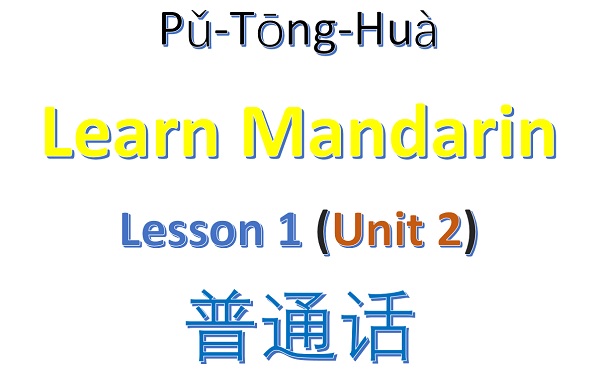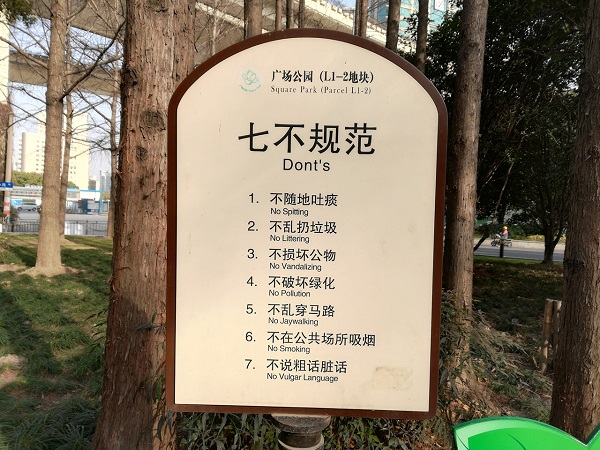Welcome to Lesson 1 to learn Mandarin online in Unit 2 of SKMLifestyle’s Chinese Language course. In this Unit, we’ll explore the 100 most common Mandarin Chinese characters list.

As we embark on our journey to the new Unit, do keep in mind that a continuous practice of what we have already learned is very important to learn Chinese fast. So keep revising all the lessons (check out all lessons from Unit 1 and Unit 2).
First 20 characters of 100 most common mandarin Chinese characters list
Here is the table of first 20 characters. Look at them carefully. Initially they might look unfamiliar and that’s totally understandable.
| English | Chinese | Pinyin | |
|---|---|---|---|
| I | 我 | W ǒ | |
| He | 他 | Tā | |
| Unit | 个 | Gè | |
| Many | 们 | Men | |
| Centre | 中 | Zhōng | |
| Come | 来 | Lái | |
| Up/upper | 上 | Shàng | |
| Large | 大 | Dà | |
| For | 为 | Wèi | |
| And | 和 | Hé | |
| Country | 国 | Guó | |
| Ground | 地 | Dì | |
| At/exist | 在 | Zài | |
| People | 人 | Rén | |
| Have | 有 | Y ǒ u | |
| Of | 的 | De | |
| One | 一 | Yī | |
| Yes | 是 | Shì | |
| No | 不 | Bù | |
| This | 这 | Zhè |
In order to learn them, pick one character and try to write it on a plain paper with a pencil at least 5-6 times. Soon you will discover a pattern among the Chinese characters as you white a few of them again and again.
Some of the characters, e.g. 中 (Zhōng – Center) have already been explained, whereas some of the characters are self-explanatory, e.g. He (他, Tā). However, the character for both He and She are pronounced as the same, but they are nevertheless different characters. Anyways, I’ll continue to explain the nuances in the coming lessons (and Units). For now, just focus on learning the basic Chinese characters.
Example of 不 (Bù) from the Chinese characters list
One of the characters in the above table is 不 (Bù) which means “No”. Let me show you an example about some of the usage of 不.
I travelled to Shanghai in February, and visited a park called “Square Park”. There was a notice-board in the park asking the visitors to not to do certain things. I clicked a photo of the notice-board to include in this Lesson. Let me show you the photo. 🙂

The character 七 (Qī) means seven (7). So 七不 translates to “7 Don’ts”. The notice-board basically instructs the visitors to not do 7 things.
As you can see, 不 can be used in a variety of ways, and we’ll continue to dig all those ways in the upcoming lessons. 🙂
That’s all in Lesson 1 of the Chinese Language course.
You can head to the next lesson of the Chinese Language course or go through the previous lesson again.
Feeling confident about the lessons? Cool! Try the Chinese Language Proficiency Test and see how much you now you know Mandarin Chinese. Be brave enough to not look at the answers before evaluating the questions (and of course deciding the answers). 🙂
With the 100 most common mandarin Chinese characters list in hand, I hope now it’s easier to learn Mandarin online.
If you have any question about the basic Chinese words or Chinese language course, feel free to post in our forum so that others could also contribute and learn. For regular updates like us on Facebook, or follow on Twitter!
If you enjoy to learn Chinese language, or find the write-ups useful, don’t forget to buy me a beer!
Happy mandarin Chinese learning.
Last updated: Tuesday, March 13, 2018